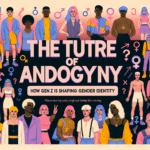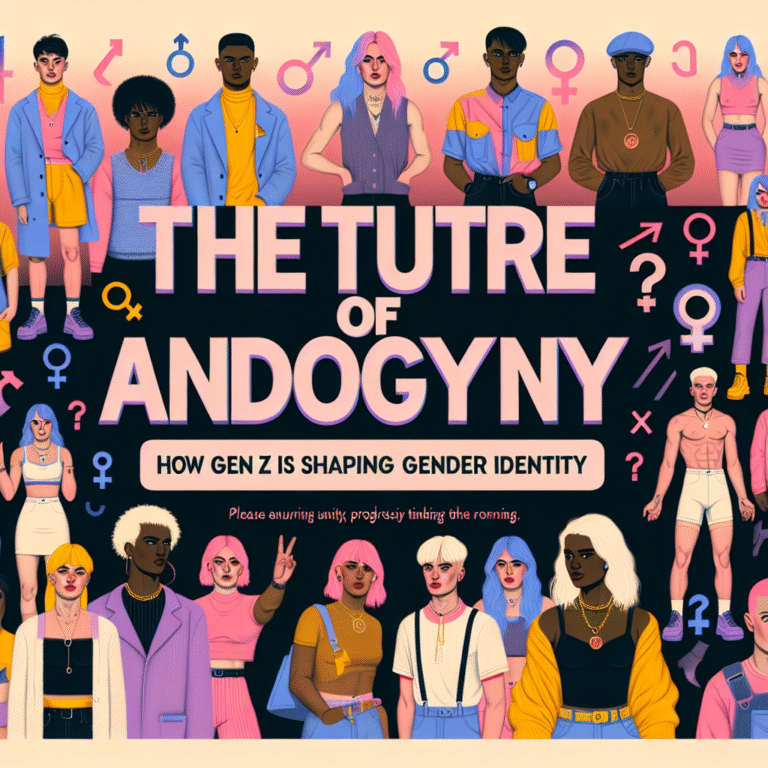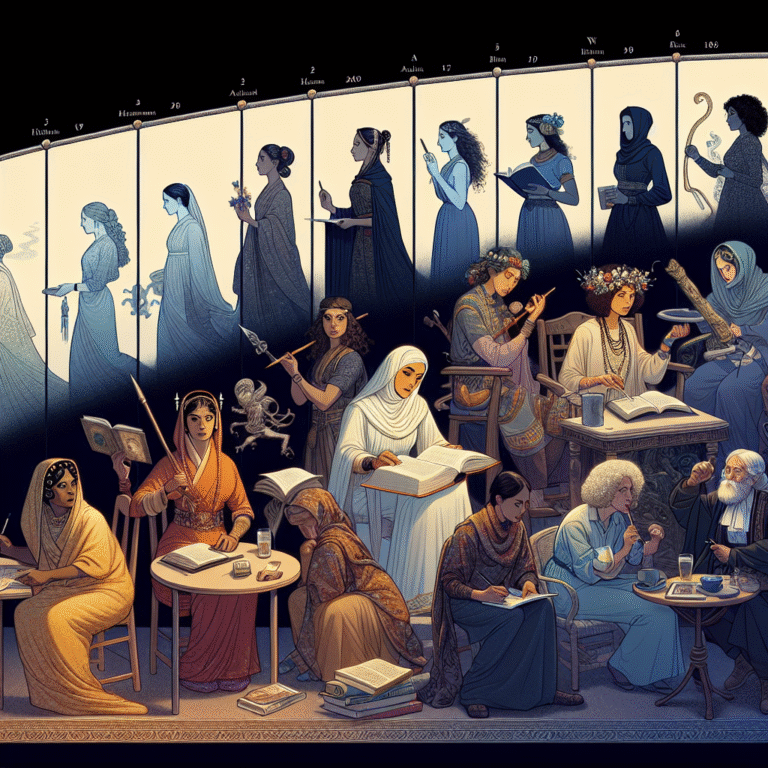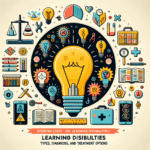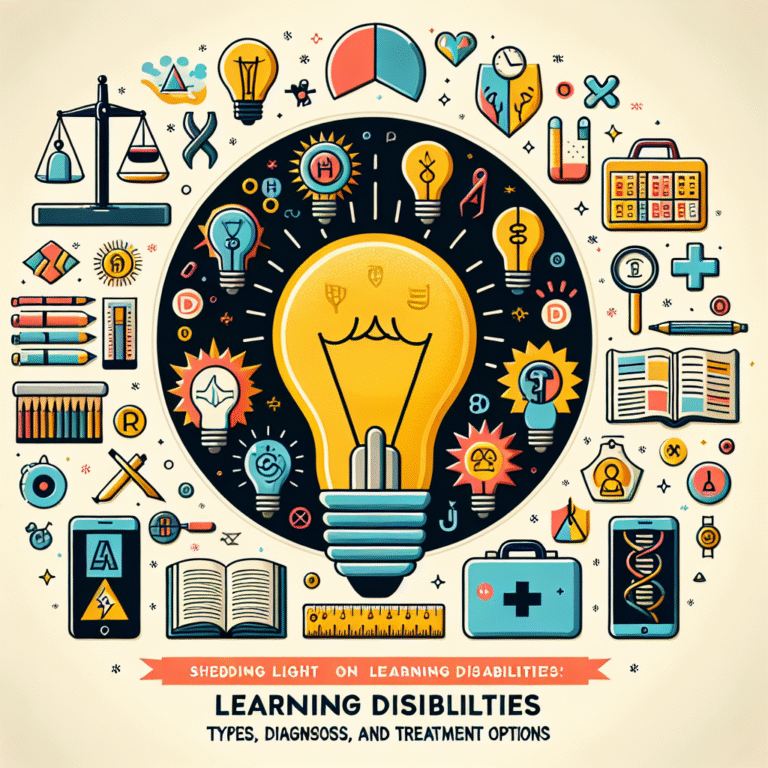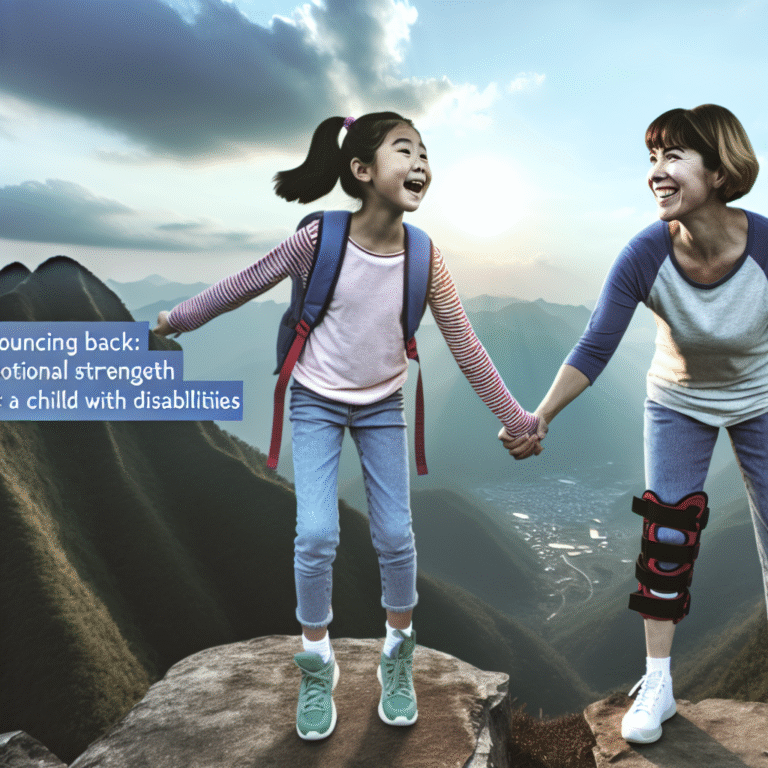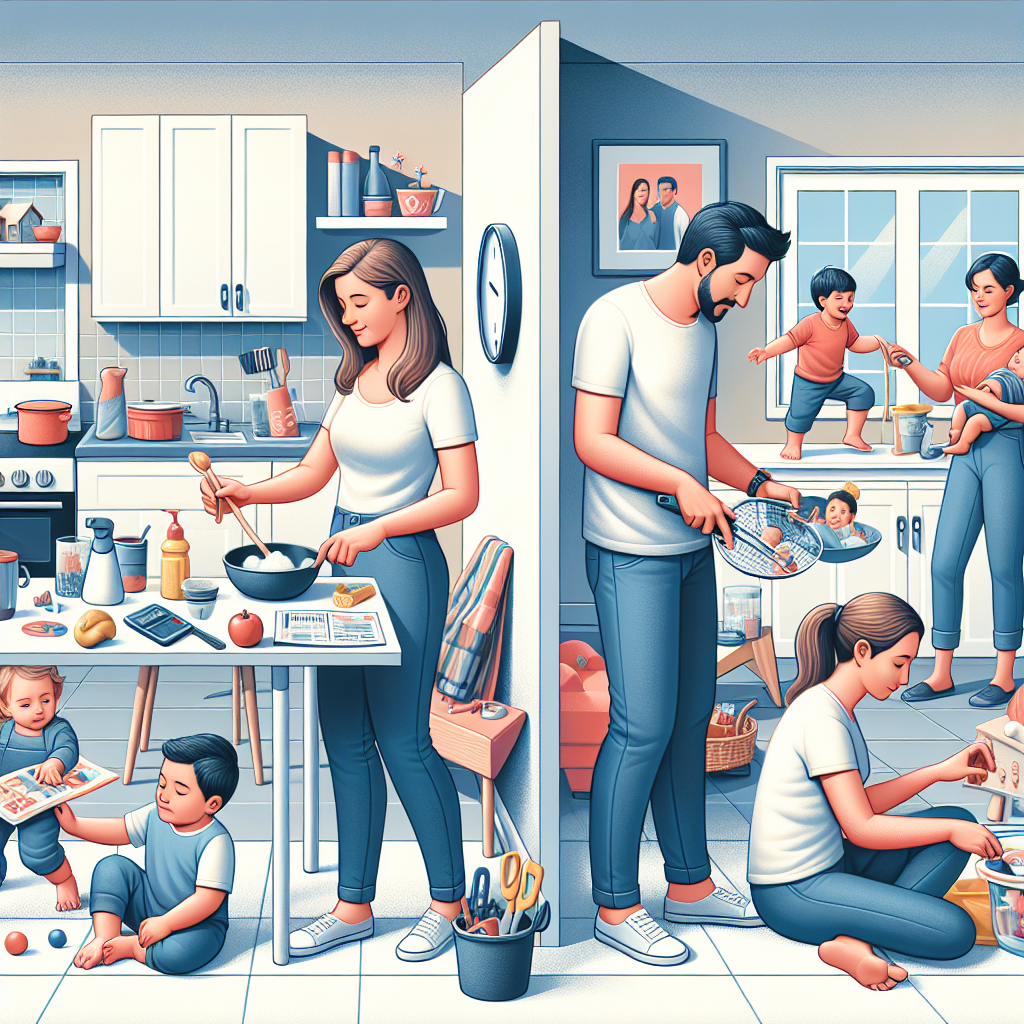
Introduction
In an era marked by rapid social change, the concept of parenting and gender roles in modern families is undergoing a profound transformation. As traditional structures give way to more flexible arrangements, the ways in which we perceive and execute parenting responsibilities are shifting dramatically. This article delves into the intricate landscape of “Parenting and Gender: How Roles Are Shifting in Modern Families,” bringing forward unique insights and case studies that reflect these changes.
With the increasing acceptance of diverse family structures, the rise of shared parenting responsibilities, and the blending of traditional gender roles, the modern family has ushered in a new chapter filled with opportunities and challenges. Let’s embark on this exploration of how contemporary dynamics redefine our understanding of parenting and gender.
The Evolving Landscape of Gender Roles in Parenting
One of the most significant shifts in recent years has been the evolving roles assigned to parents based on gender. In the past, stereotypes painted fathers as the breadwinners who spent little time at home, while mothers took on the nurturing role, managing household duties and child-rearing. Today, this binary classification is not only outdated but also no longer represents many households.
1. Shared Parenting: A New Norm
According to a survey conducted by Pew Research Center, a significant percentage of fathers are now taking an active role in daily childcare activities. This move towards shared parenting exemplifies how contemporary families are embracing more equitable distribution of responsibilities, challenging archaic notions of gender roles.
Case Study: The Johnson Family
Take, for example, the Johnson family, where both parents work demanding jobs. They decided to implement a weekly schedule that allows each parent to dedicate specific days to childcare and household chores. This not only nurtures a closer bond between both parents and their children but also sets a powerful example for their sons on the importance of shared responsibilities.
Analysis: The Johnson family’s strategy reflects a growing trend in modern households, where both parents contribute equally, not just financially but emotionally and physically. The psychological implications of this arrangement can nurture a sense of teamwork and collaboration in family dynamics.
2. The Rise of Stay-at-Home Dads
The stigma surrounding stay-at-home dads is steadily diminishing. More fathers are choosing to remain at home to care for their children, challenged by progressive attitudes that defy traditional expectations.
Case Study: Mark and Sally
Mark, a former corporate lawyer, made the decision to leave his career and become a stay-at-home dad to support Sally, who has an established career. Mark shares on his blog how this role reversal has allowed him to build a deep connection with his children, crafting lessons around emotional intelligence that can be incredibly impactful.
Analysis: Mark’s choice as a stay-at-home dad illustrates the potential for a more emotionally attuned parenting style. This paradigm shift not only enhances the father-child relationship but also provides a model for breaking gender stereotypes.
3. The Impact of Legislation and Policy
Policies surrounding parental leave are pivotal in shaping the dynamics of parenting and gender roles. Countries that offer generous parental leave to both mothers and fathers experience a higher level of father engagement.
Case Study: Scandinavian Countries
In Scandinavian nations like Sweden and Norway, progressive parental leave policies encourage fathers to take time off to bond with their newborns. As a result, research indicates that these fathers are more likely to remain actively involved in their children’s lives long after the leave period has ended.
Analysis: The correlation between accessible parental leave and long-term father involvement supports the significance of policy in reshaping parenting and gender roles. This serves as a model for other countries aiming to achieve gender equality in familial responsibilities.
Challenges in the Shift
Despite these positive developments, the transition towards equal parenting roles is not without its difficulties. Cultural norms and societal expectations still exert a powerful influence on many families, leading to conflict and stress over responsibilities.
4. Resistance to Change
Many fathers still face societal pressure to conform to traditional roles, making their attempts at involvement challenging. These hurdles can manifest in various ways, from workplace biases to familial expectations.
Case Study: The Martinez Family
In the Martinez family, Carlos faced skepticism from his family when he decided to take parental leave. Over time, however, he demonstrated the benefits of his involvement in his child’s life, gradually changing perceptions within his extended family about what it means to be a father.
Analysis: Carlos’ experience highlights the resistance many fathers encounter. It underscores the importance of open conversations within families to navigate and change traditional values surrounding gender roles.
5. Balancing Work and Family Life
Even as roles shift, balancing career aspirations with family responsibilities remains a common challenge for both parents. As professional duties continue to demand attention, finding time for family can be taxing.
Case Study: The Green Family
The Green family utilizes a digital calendar to manage appointments and family commitments. By maintaining discussions about work-life balance and setting boundaries with their employers, they can prioritize quality time together.
Analysis: The Green family’s proactive approach to blending work and responsibilities demonstrates how intentional organization can mitigate the stress of dual roles. This model is especially relevant in an increasingly busy world, showcasing that communication is vital in modern families.
The Future of Parenting and Gender
As we look ahead, the discourse surrounding “Parenting and Gender: How Roles Are Shifting in Modern Families” continues to evolve. The future promises further breakdown of traditional barriers, corporate support for family-oriented policies, and a societal shift towards acceptance of diverse family models.
6. Education and Awareness
Education plays a pivotal role in shifting perceptions about gender roles. Teaching children about gender equality and the value of shared responsibilities can foster a culture of respect and understanding.
Case Study: The Thompson School Initiative
The Thompson School District introduced a curriculum that promotes conversations around gender roles, encouraging students to reflect on their own family dynamics and perceptions.
Analysis: Educating the younger generation about gender equality and shared responsibilities can promote lasting change. Instilling these values early can shape their future relationships and household structures.
7. Leveraging Technology
Technology continues to offer innovative solutions for modern families. From parenting apps that help schedule shared responsibilities to online communities that provide support and resources, technology can ease the transitional journey into balanced parenting.
Case Study: The Family App
An app designed for families like the Smiths allows them to track schedules, grocery lists, and chores collaboratively. This technology has significantly reduced conflicts over responsibilities, as everyone feels included and informed.
Analysis: The Smiths’ use of family apps provides a glimpse into the potential of technology to enhance organization and collaboration within families. It demonstrates how leveraging technology can simplify the complexities of modern parenting.
Conclusion
“Parenting and Gender: How Roles Are Shifting in Modern Families” illuminates a vibrant and evolving landscape characterized by equality, shared responsibility, and progressive change. As more families embrace flexible roles, the dialogue surrounding gender stereotypes continues to deepen, fostering a culture where both mothers and fathers can succeed and thrive.
The journey may be filled with challenges, but the potential for our children to grow up in more balanced environments is a valuable prize worth striving for. By embracing this shift, we can contribute to a future where individuals are defined not by gender roles but by their unique contributions to their families.
FAQs
How does shared parenting benefit children?
Shared parenting enhances children’s social and emotional development, fosters strong bonds, and instills principles of equality.Can fathers be nurturers?
Yes! Research shows that involved fathers can provide nurturing and emotional support, benefiting a child’s development.What can parents do to support each other in shared responsibilities?
Open communication, setting clear expectations, and using tools like family calendars can greatly aid in shared parenting.How do societal norms affect modern parenting?
Traditional norms can impose pressure on parents to adhere to specific roles, creating tension and conflict around responsibilities.- What role does policy play in shaping gender roles in families?
Supportive policies, such as paid parental leave, encourage shared responsibilities and challenge traditional gender expectations.
By understanding and addressing these critical elements concerning “Parenting and Gender: How Roles Are Shifting in Modern Families,” we can pave the way for a nurturing, inclusive, and equitable future for all families. As we confront these changes together, we can inspire a culture of collaboration and shared growth that resonates for generations to come.


